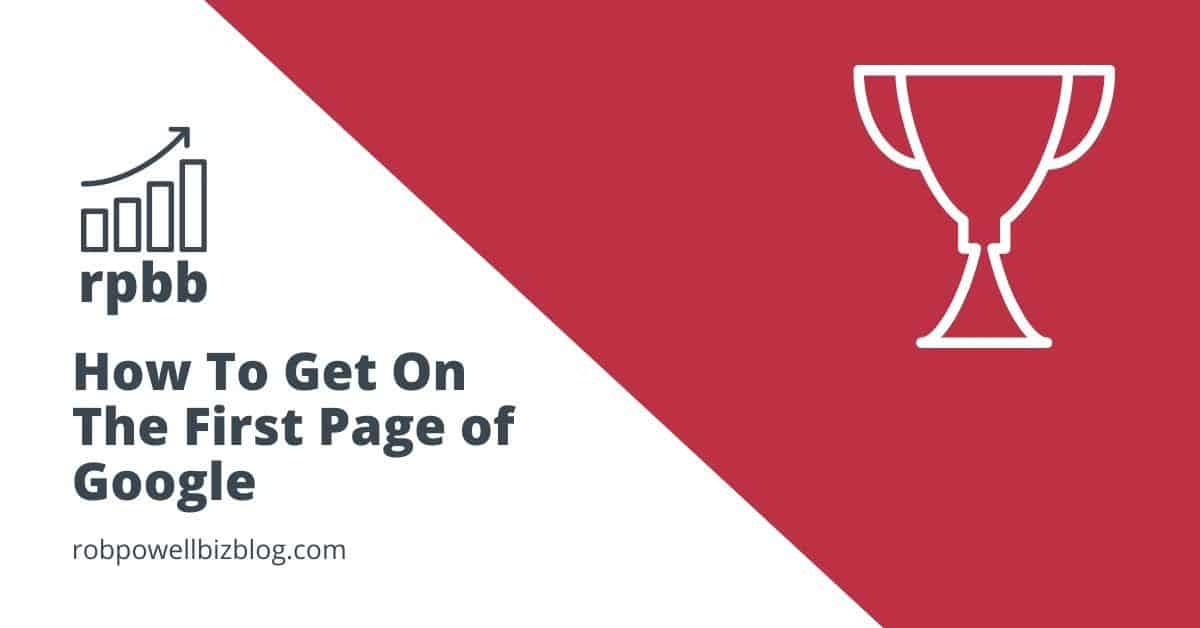
Getting your blog post on the first page of Google is what everybody blogger hopes for. But with 2,000,000 blog posts published every day, it’s not easy.
The competiton is intense – everyone wants those top 10 spots. So how do you do it?
Well, there’s a way of creating content that dramatically increases your chances of getting on Page #1 of Google.
And that’s what I’m going to show you in this article.
Let’s get started!

Backlinks vs Topical Authority
– Backlinks
It used to be that backlinks were the only way to rank on Page #1 of Google.
Backlinks measure what humans think of a web page: the more backlinks a web page has, the more likely it is that the page is a valuable resource.
But search engines are now able to make their own assessment of how valuable a web page is. And that means that backlinks are no longer as important as they used to be in ranking your content on the first page of Google.
– Topical Authority
Before the Hummingbird algorithm, search engines couldn’t read or understand content. So they relied on backlinks to rank web pages. The more backlinks a page had, the more relevant it must be.
But with Latent Semantic Indexing (LSI) and the Hummingbird algorithm that’s all changing. Through machine learning, AI, and the BERT algorithm, search engines can now understand context much better.
This means that search engines are now able to measure how authoritative a piece of content is, based on an analysis of the content itself.
What does this mean for ranking on the first page of Google?
It means that even if you have relatively few backlinks, you can still rank on Page #1 of Google if your content covers a topic well in both depth and breadth.
It’s important to understand that search engines measure topical authority not just for individual blog posts, but also for your website as a whole.
And that’s why the first step in ranking an individual blog post is to look at the topical authority of your website as a whole.
How To Rank on the First Page of Google
STEP #1 – Find Your Website’s Topical Authority
Go to your Google Analytics account and click through to Behavior > Site Content > All Pages:
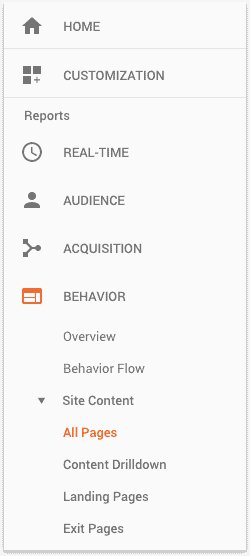
You’ll see a list your most popular blog posts:
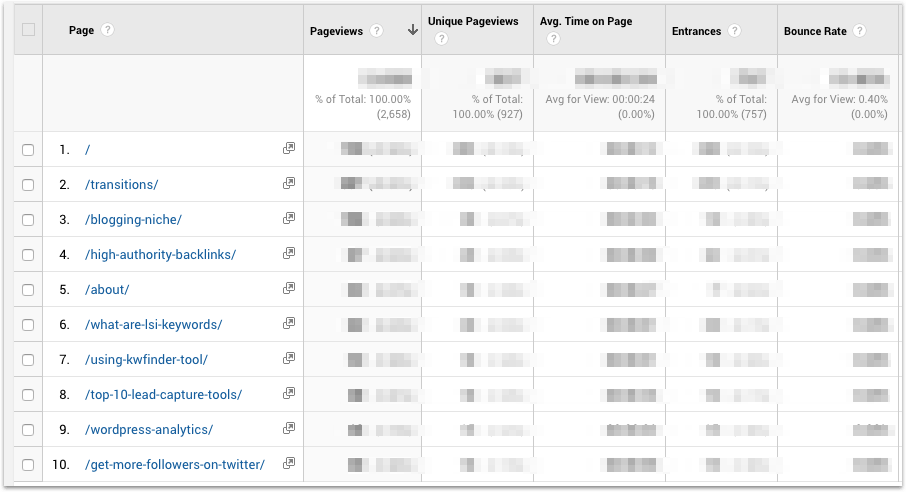
Cast your eye down the first column (‘Page’) and look for a pattern in the pages that rank highest.
Is there a sub-topic that your most popular blog posts have in common?
Let’s say your blog is about ‘fitness’. Maybe you notice that your most popular blog posts are all to do with ‘fasting’?
That’s where your topical authority is!
The Google algorithm has analyzed your content and decided that you cover the topic of ‘fasting’ better and more comprehensively than most other websites.
The topical authority that Google has given you for ‘fasting’ is resulting in high rankings for your blog posts on that topic.
That’s information you can leverage!
Write blog posts on that specific topic and you know you’re going to have a very good chance of getting on the first page of Google.
STEP #2 – Research Your Topic
In this step, you need to look at the content that is currently ranking on Google for your target keyword.
Let’s say you want to write an article about organizing a wedding
Go to Google and type in ‘how to organize a wedding’:
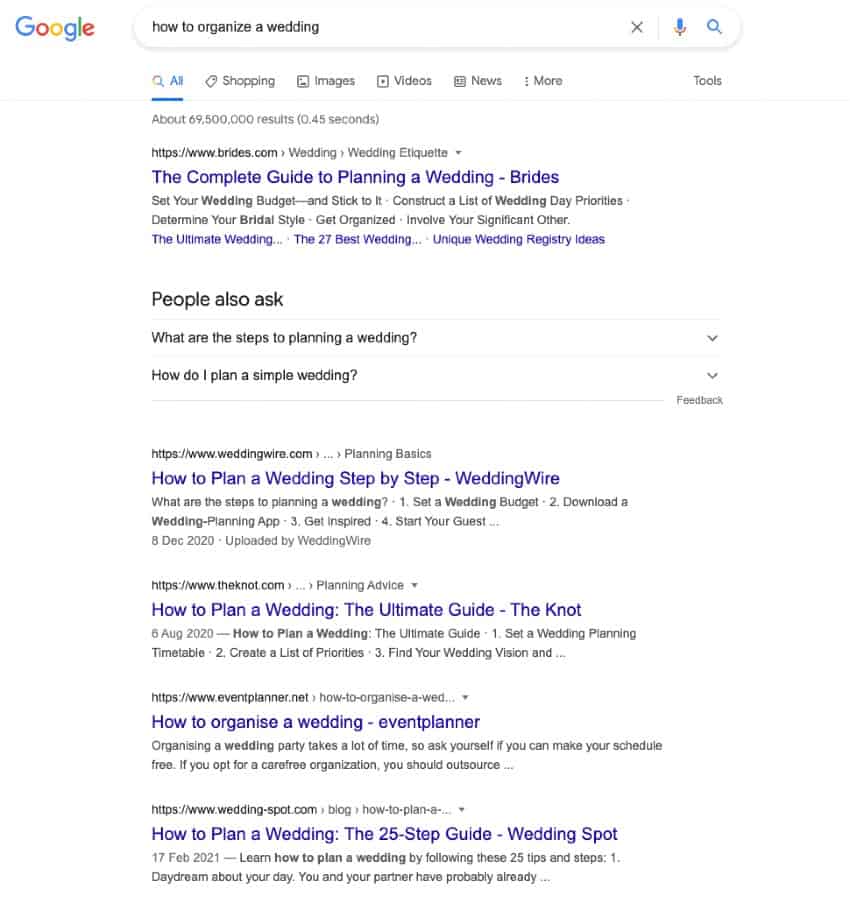
– Look for topics and subtopics
Find the top five blog posts that are listed by Google.
Scan through them and look for headings, sub-headings, and bullet points.
There’s no need to read the entire article at this stage. All you want is a list of the sub-topics covered by each blog post.
Lets say:
- article #1 has 6 sub-topics
- article #2 has 3 sub-topics
- article #3 has 5 sub-topics
- article #4 has 3 sub-topics
- article #5 has 2 sub-topics
In this scenario, you would write an article with 19 sub-topics.
Of course, this is oversimplified because there’ll be a lot of overlap between the 5 articles, (as shown in the diagram below):
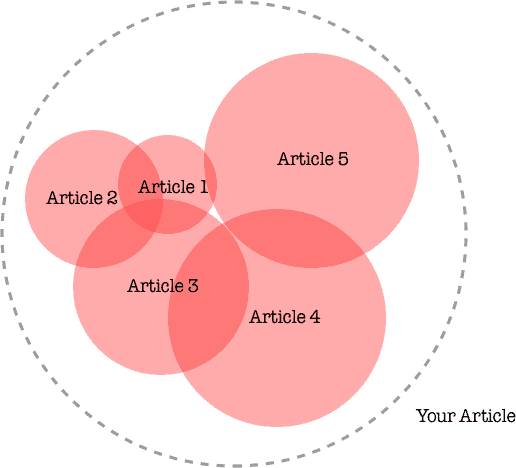
Due to overlap, there may only be 10 separate subtopics amongst those 5 articles.
Once you have a list of the subtopics for your blog post, it’s time to do the second round of research.
This time you’re going to research the sub-topics rather than the main topic.
– Research the subtopics
Go to Google and type in, one by one, those ten subtopics. Research each subtopic by scanning though the top 3 blog posts for each subtopic.
Once you’ve finished the second round of research, just write 100 to 200 words on each subtopic.
Always find a way to express the information or ideas in your own words – never copy and paste someone else’s writing, as that belongs to them.
If an idea is original or an article contains original research, always link to the source article and mention the blogger by name.
STEP #3 – Do Some On-Page SEO
Once you’ve written your article, the next step is to optimize all the relevant on-page SEO factors.
The easiest way to do this is simply install the free RankMath SEO plugin for WordPress and follow the recommendations until you get a ‘green’ score:
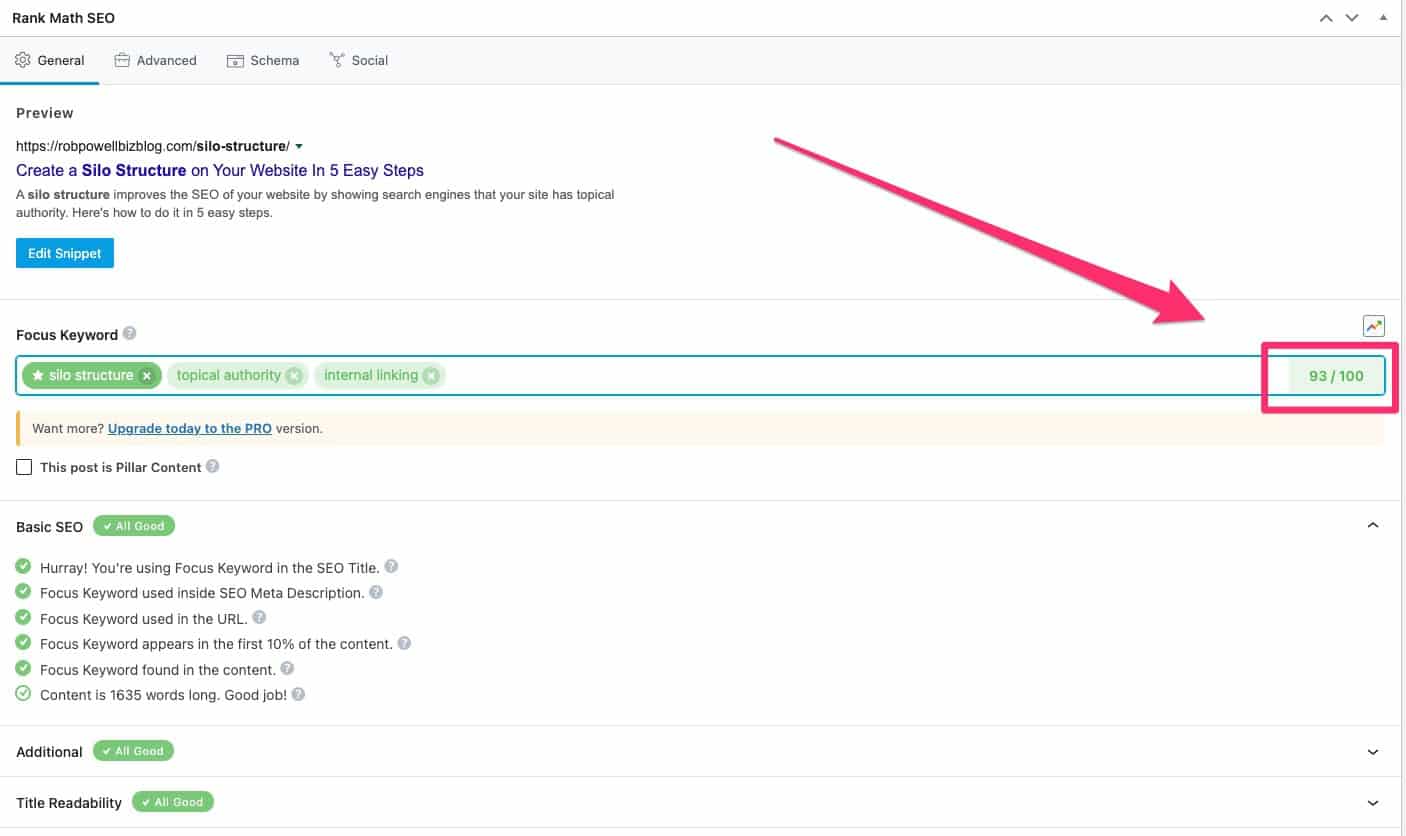
STEP #4 – Add Semantically Related Keywords
When you’re trying to get on the first page of Google for a particular keyword phrase, one thing you need to think about is “what are the other keywords that are typically found alongside my focus keyword?”
The idea here is that any particular keyword will have a cluster of semantically related keywords that are often found in association with that particular keyword.
If your page contains your focus keyword but none of the LSI keywords typically associated with that keyword, the algorithm will conclude that your piece of content doesn’t cover the topic very well.
So if you want to get on the first page of Google, it’s important to include on your page as many semantically related keywords as you can. These are words that are often found in association with your main keyword.
To find these semantically-related keywords, type your main keyword into Google Search and then have a look at these three areas within Google Search:
- Google Auto Suggest
- People Also Ask
- Related Searches
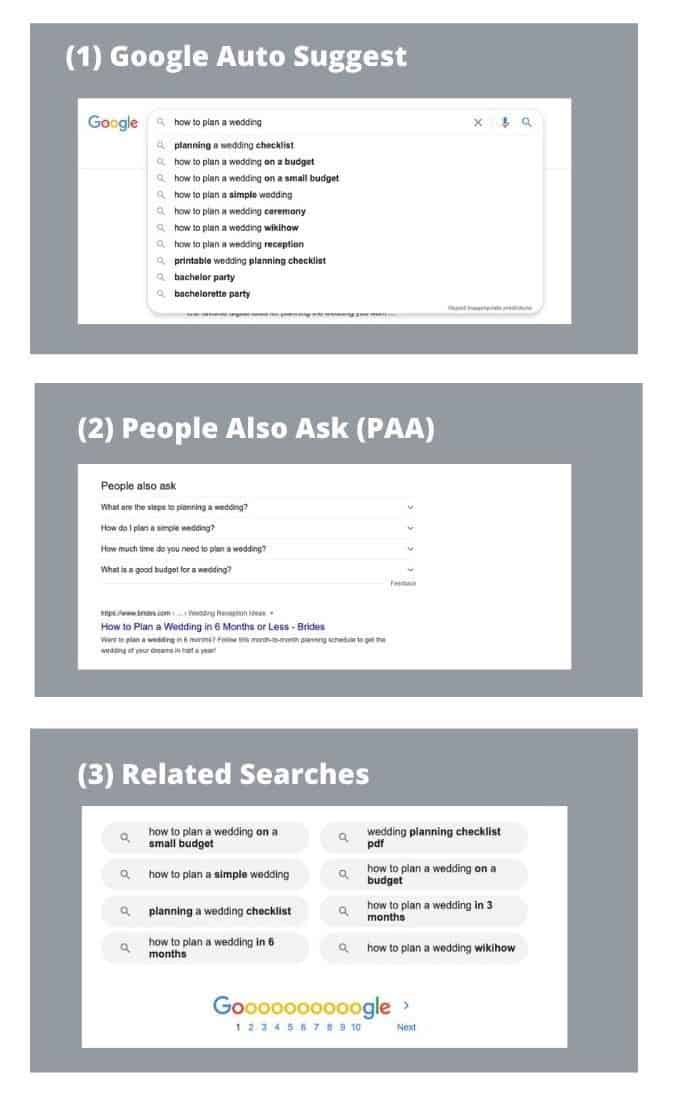
STEP #5 – Fetch As Google
The last step in getting your blog post on the first page of Google is to ask Google to crawl your page.
Log into your Google Search Console (formerly known as ‘Google Webmaster Tools’).
In the left hand navigation, click on Crawl > Fetch as Google:
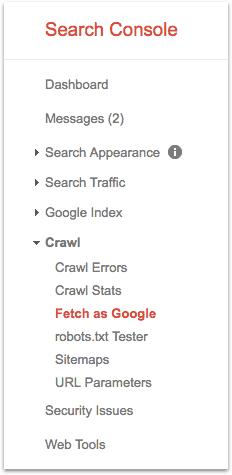
In the right panel, enter the slug of your blog post and then click on ‘Fetch’:

Once you’ve done that, Google will prompt you to request indexing of your web page:

Click on the ‘Request Indexing’ button and a window will pop up asking you to verify that you’re not a robot:
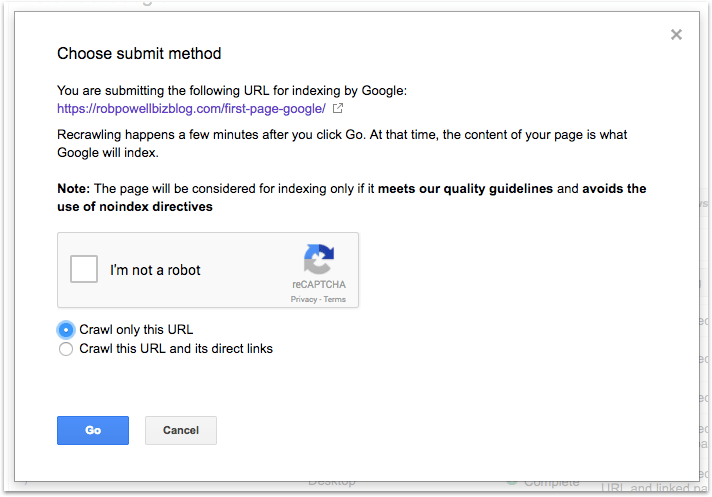
Check the box for ‘Crawl only this URL’ and then click the reCAPTCHA button.
The status on your web page will now change to ‘Indexing requested’:
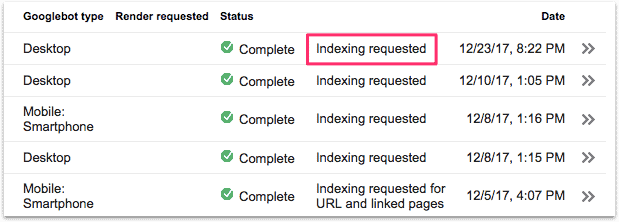
That’s all you need to do!
In SEO, there are never any guarantees. But if you follow this approach, you’ll have a better than average chance of ranking on Page #1.
Backlinks from relevant authority sites are still a big factor in getting your pages ranked on the first page of Google. But even if you have a fairly weak backlink profile, you can still appear on Page #1 of Google and outrank sites with many more backlinks.
The way to do this is to examine the topics and subtopics in the top-ranking articles and make sure that your article covers those topics better.



